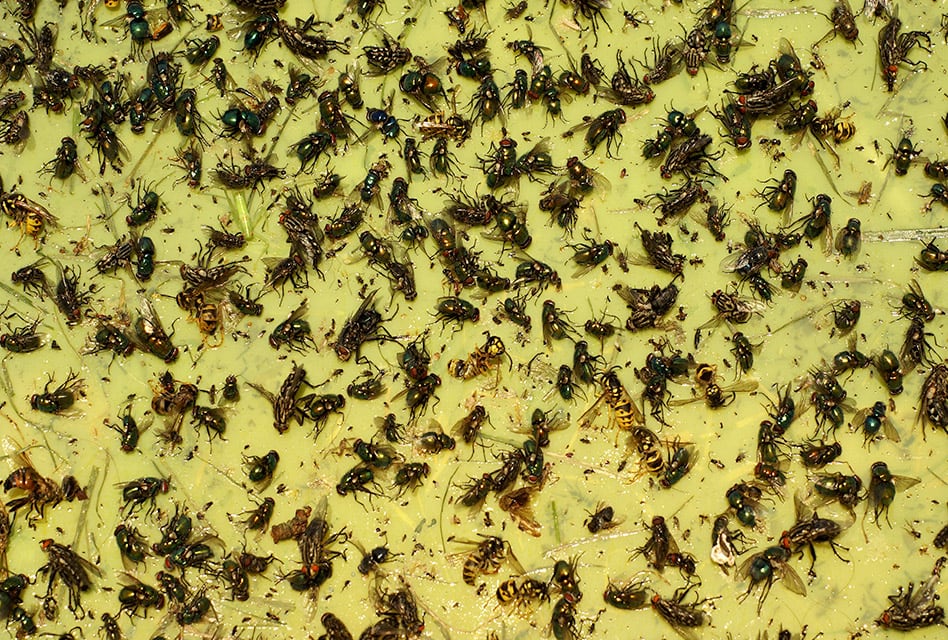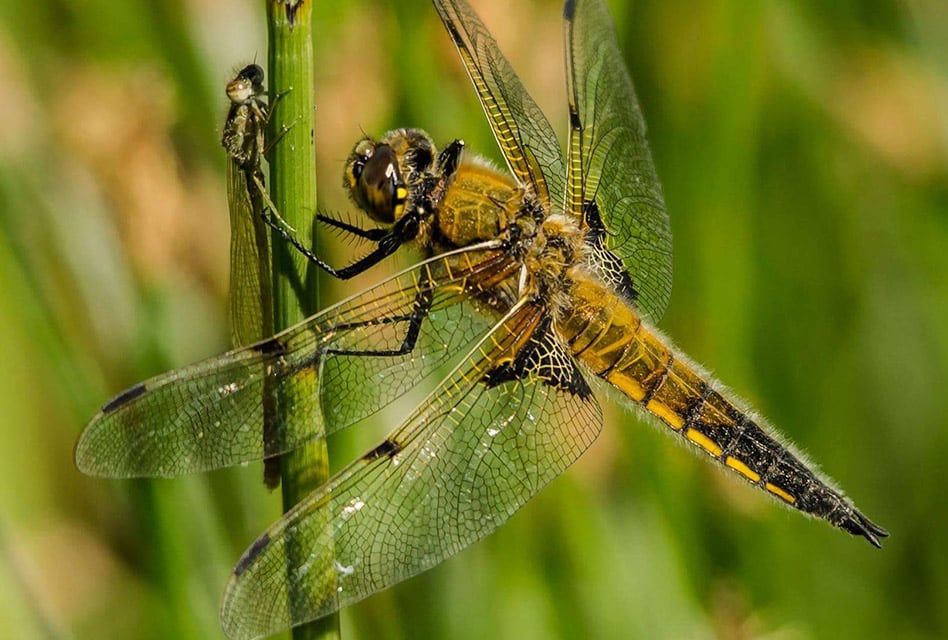Marking Mosquitoes for Study
Find nearby providers to get rid of mosquitoes today
How It’s Done and Why It’s Important
It’s a well-known fact that mosquitoes annoy most people. They are ravenous blood-thirsty insects that bite and feed at will. Much like a classical monster, they live a parasitic existence to ensure their own survival. Mosquitoes are widespread, so much so that at least one species exists on every continent, save for Antarctica. In truth, not all species of mosquito are dangerous, and some actually help us, but most are the blood-drinking terrors that we have grown to avoid.
Pointing Out the Bad Apples
But mosquitoes cannot be simply exterminated en masse. As much as it would please many people to have it happen, they are a necessary part of the ecosystem. To this end, we have developed techniques for marking mosquitoes to study them.
In many cases the mosquito is marked with a capture, release, and recapture program utilizing boxes that are full of fluorescent powder. The mosquitoes find their way into the traps and come out covered in powder that glows various colors. It does not affect their natural role, as animals don’t have access to the same light sources as humans do. But it does offer people looking to study the animal an avenue to do so.
Many places mark mosquitoes every single year and the reasons might be surprising.
Just What is all the Fuss About?
There are a lot of reasons for mosquito marking programs, despite the obvious cost both financially and in intensive labor.
Mosquitoes carry many vector-based illnesses and blood-borne pathogens. As parasites, they spread these illnesses, some of which cross species barriers, to every host they bite. Biting is risky for the mosquito in nature. So when the mosquito gets the opportunity, it drinks as much blood as possible, which the female uses for the development of eggs. When a West Nile virus infected bird is bitten, the mosquito that did the deed has her blood supply infected as well. Each subsequent person she bites is then exposed to the disease.
That is what makes marking mosquitoes so important. In order to track which species of mosquito are infected, they are captured quickly after becoming adults. This is also used to monitor where the new adult mosquitoes go and what they bite. This is essential in creating a mosquito control plan for a given area.
The really difficult thing is finding non-invasive solutions for marking mosquitoes that won’t alter the behaviors of mosquitoes in a significant enough way that the science becomes invalid.
Advances by Stride
Mosquito marking has seen a lot of advancements since its inception. These efforts were to create not only a method to track the lives of these potentially dangerous insects but also to do it in a way that they are still able to live their lives. Mosquitoes are essential to the ecosystems in which they live, both as parasites and as prey for other creatures that make the same areas their homes.
Fluorescent powder is not the only tool used for marking mosquitoes now. Other things have been implemented like special proteins strands that cause the mosquito to be monitored via special lighting. The dayglo powders of the past are long out of use as they have made mosquitoes bigger targets for their prey than is natural, although one of the main ways to control the mosquito population is to increase the population of dragonflies in the area. This science continues to grow.

